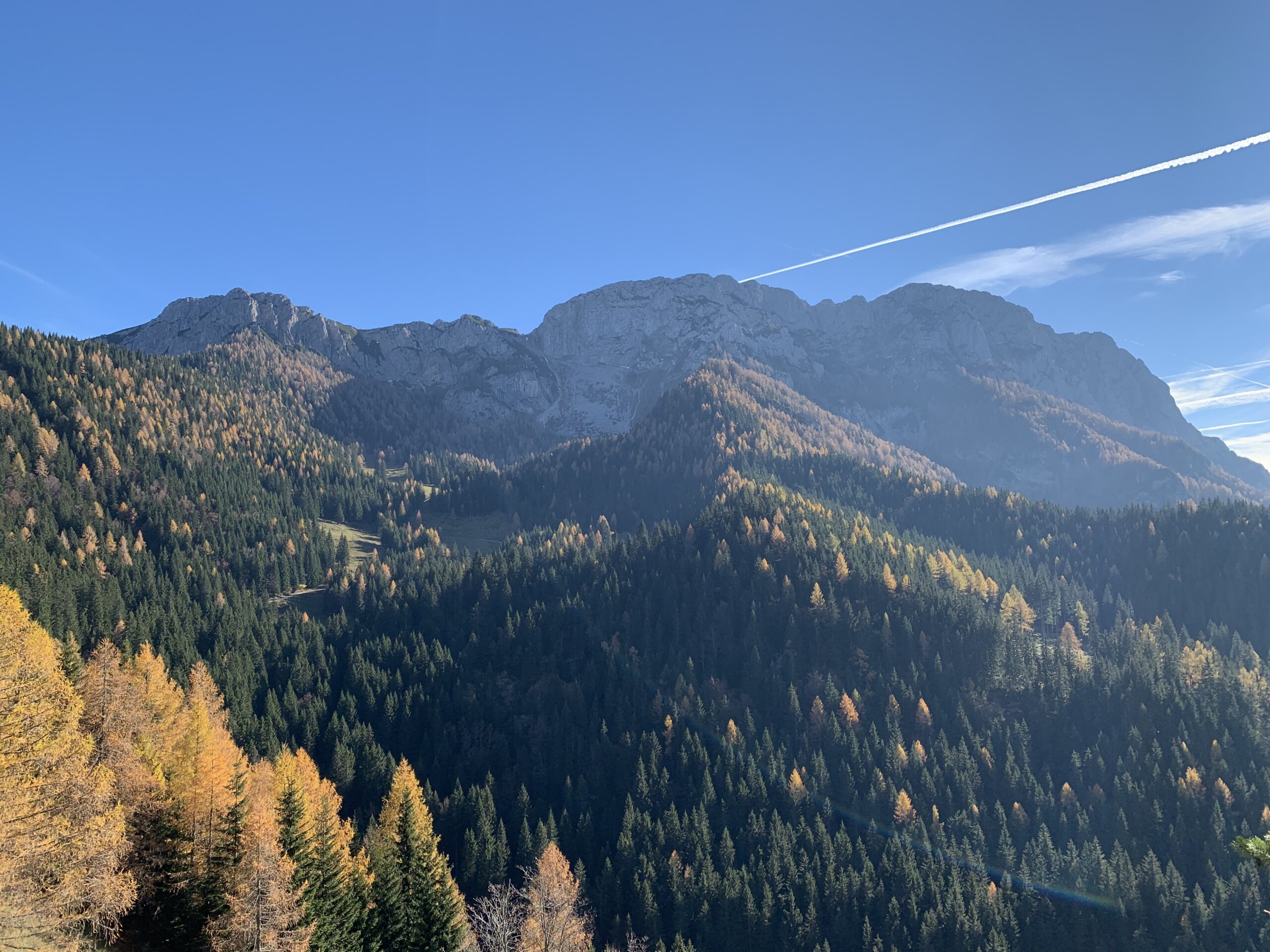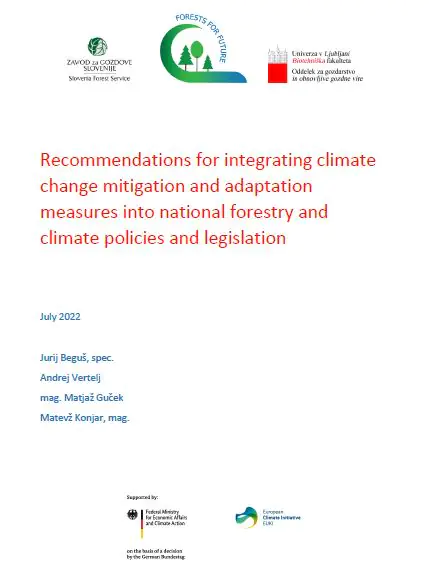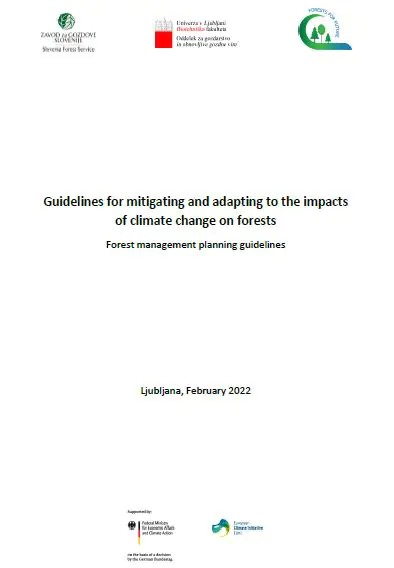Forests for Future
This project is completed. Adapting forest management approaches to maintain or even increase carbon storage in Slovenian forests without compromising the economic revenues and other benefits that forests provide.
Carbon Removals and Sinks Forests

Project info
Slovenia
11/20 - 02/23
Public sector, Private sector, Local governments
401,705.67 €
Contact info
Jurij Beguš
- University of Ljubljana (UL)
Background
Slovenian forestry is state-of-the-art in Europe and the world. However, so far climate change mitigation and carbon sequestration were not the main focuses when managing forests. Therefore, forests hold an enormous, yet untapped potential to bring the country closer to achieving net-zero carbon emissions. Since forests are one of the major land covers in Europe, they should be better utilized as part of Nature-based-Solutions to address and mitigate climate change and provide multiple and cross-sectoral benefits to society.

Project
Adapting forest management approaches and plans is key in this effort. Forests for Future developed forest management approaches contributing to the greater absorption of CO2 – without compromising the economic revenues and other benefits that the Slovenian forests provide.
It is important to recognize that different types of prevailing forests develop differently. Between them, the amount of carbon stored – within living and dead biomass, as well as in the soils – varies widely. Therefore, depending on the type of forest, different measures evoke different responses. The project analysed and modelled these responses with regard to their climate mitigation potential. It provided the evidence needed to initiate necessary wide-ranging changes in the forestry practice.
Forests for Future made use of the developed forest development model, new forest management scenarios and proposed measures in two ways. First, they went into policy recommendations addressed at relevant ministries. Second, they informed the guidelines for forestry management planning on the national level. Moreover, the project organised trainings for all forest management planners in the country on how to make best use of the recommendations and guidelines developed.
To ensure the use of successful methods across Europe and beyond, the project communicated best practices via scientific literature.

Results
- Integration of forest management planning guidelines for optimized management of forest carbon sinks and adaptation to climate change. The guidelines were incorporated into the development of a ten-year forest management plan for all forests in Slovenia.
- Education of more than 350 forestry professionals and decision makers about the measures required for optimized management for forest carbon sinks and adaptation of forests to climate change.
- Education and awareness raising of forest estate owners about new management adaptations and opportunities related to optimized management for carbon sinks and adaptation of forests to climate change.
- Networking and informing people in various target groups about importance of active forest management as a tool for mitigation and adaptation to effects of climate change in forests.
Last update: July 2024


